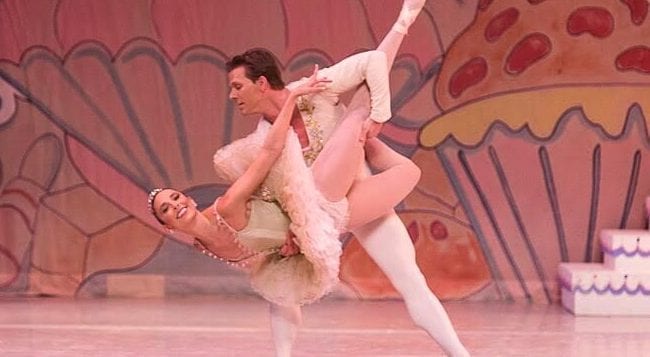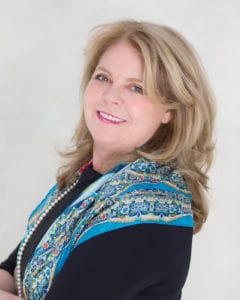Happy Hanukkah! Celebrate the Festival of Lights at the following events:
Centereach
The Centereach Civic Association invites the community to its annual menorah lighting on the lawn of Capital One Bank, 2100 Middle Country Road, Centereach on Wednesday, Dec. 5 from 7 to 8 p.m. Rain/snow date is Dec. 9 at 6 p.m. Visit www.centereachcivic.org.
Dix Hills
The Chai Center, 501 Vanderbilt Parkway, Dix Hills will hold its annual outdoor grand menorah lighting ceremony on Wednesday, Dec. 5 starting at 4:30 p.m. Enjoy latkes, doughnuts, hot chocolate, music and a special performance by comic hypnotist Ronnie Baras. RSVP by calling 631-351-8672.
Farmingville
Join the Town of Brookhaven for a menorah lighting at Town Hall, One Independence Hill, Farmingville on Monday, Dec. 3 at 6 p.m. followed by entertainment, hot latkes and doughnuts in the second floor cafeteria. Call 631-451-6100 for more information.
Kings Park
The Kings Park Chamber of Commerce will host a menorah lighting at Veterans Plaza, 1 Church St., Kings Park on Sunday, Dec. 2 at 11 a.m. Visit www.kingsparkli.com.
Lake Ronkonkoma
Celebrate the holidays with a menorah lighting at Raynor Park, Ronkonkoma Ave., Lake Ronkonkoma at Sunday, Dec. 2 at 7 p.m. Hosted by the Ronkonkoma Chamber of Commerce. Call 631-963-2796 for further details.
Mount Sinai
Temple Beth Emeth will host the annual Heritage Trust Menorah Lighting at Heritage Park, 633 Mount Sinai-Coram Road in Mount Sinai on Sunday, Dec. 2 at 3 p.m. Light refreshments will be served. Questions? Call 631-928-4103.
Nesconset
Join the Nesconset Chamber of Commerce for its annual menorah lighting at Gazebo Park, 127 Smithtown Blvd., Nesconset on Sunday, Dec. 2 from 3 to 4:30 p.m. Call 631-724-2543 for details.
Port Jefferson Station
The Port Jefferson Station/Terryville Chamber of Commerce will host its annual menorah lighting at the Chamber Train Car, corner of Route 112 and Nesconset Highway, on Sunday, Dec. 2 from 4 to 5 p.m. Rabbi Aaron Benson of North Shore Jewish Center will perform the blessings/prayer for the first night of Hanukkah. Call 631-821-1313.
St. James
The community is invited to the St. James 2018 menorah lighting ceremony at The Triangle, Route 25A and Lake Ave., St. James from Dec. 2 to 9 at 5:30 p.m. (Friday night lighting at 4:30 p.m.) Call 631-584-8510.
Stony Brook
Join Chabad at Stony Brook for a Hanukkah on Main Street celebration at the Stony Brookside Bed & Bike Inn, 48 Main St., Stony Brook on Monday, Dec. 3 at 5:30 p.m. with latkes, donuts, giveaways, a fire juggling show and music followed by the lighting of a menorah. Call 631-585-0521.

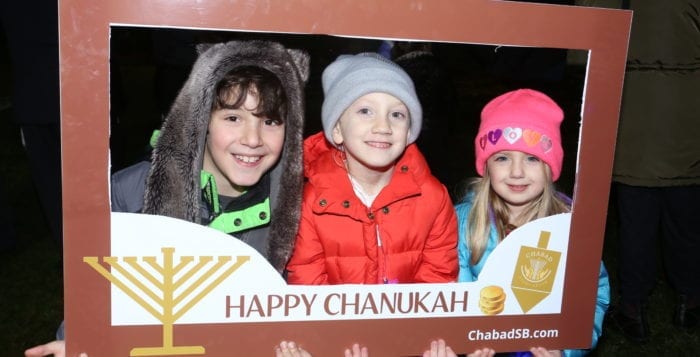
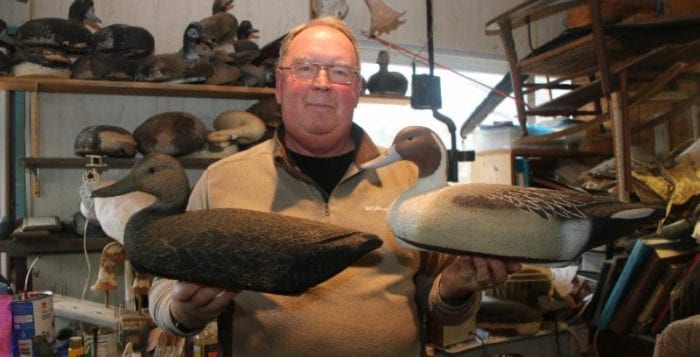
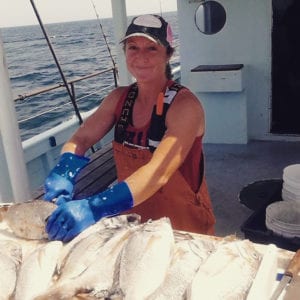
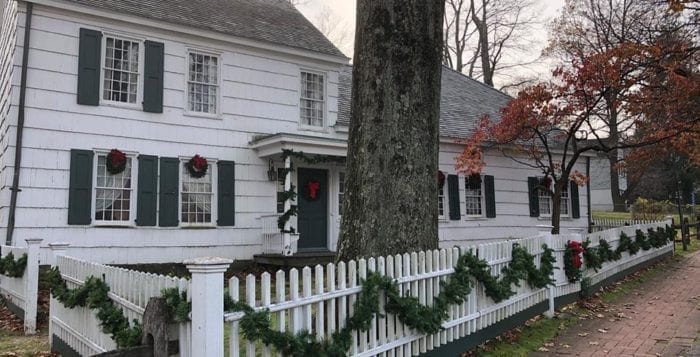

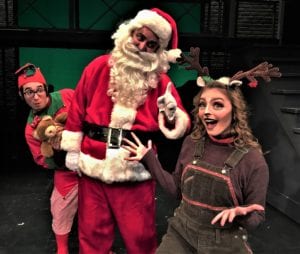
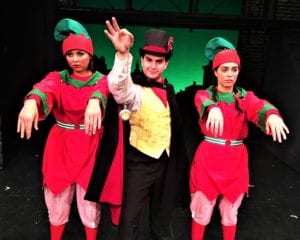
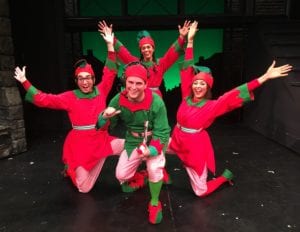

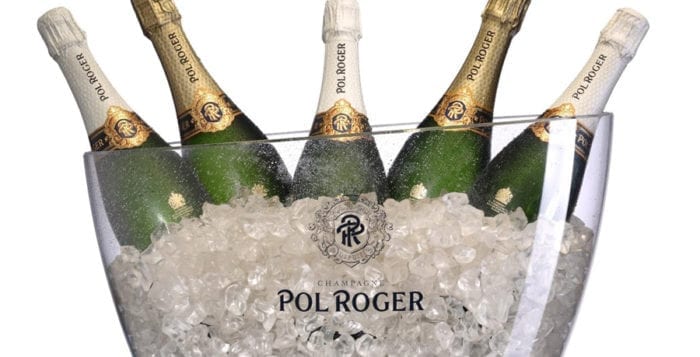
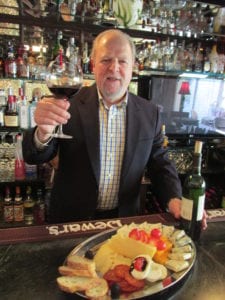
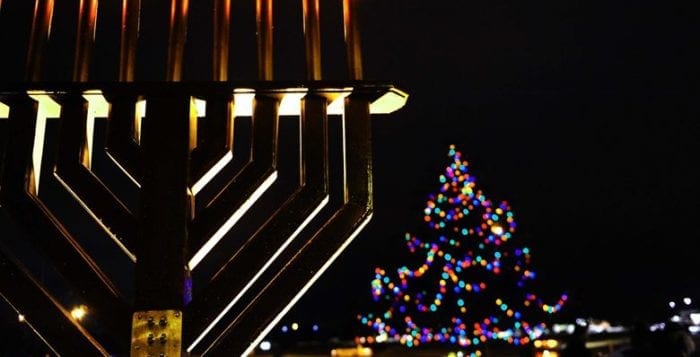
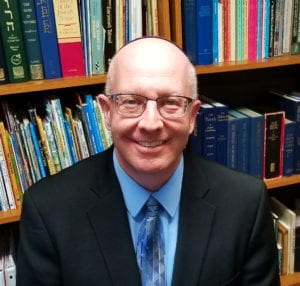
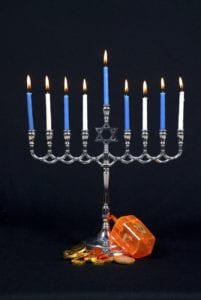 I address this issue to a general audience, rather than specifically to my congregation, because I believe that it is important for all people of faith, whatever their religion or heritage, to reclaim the true meaning of their holy days. Rather than falsely seeking to unite ourselves through the idol of materialism, focusing on the trappings of the various holidays, let us instead form a true bond with one another by each celebrating our respective holy days and recognizing their real significance.
I address this issue to a general audience, rather than specifically to my congregation, because I believe that it is important for all people of faith, whatever their religion or heritage, to reclaim the true meaning of their holy days. Rather than falsely seeking to unite ourselves through the idol of materialism, focusing on the trappings of the various holidays, let us instead form a true bond with one another by each celebrating our respective holy days and recognizing their real significance. 